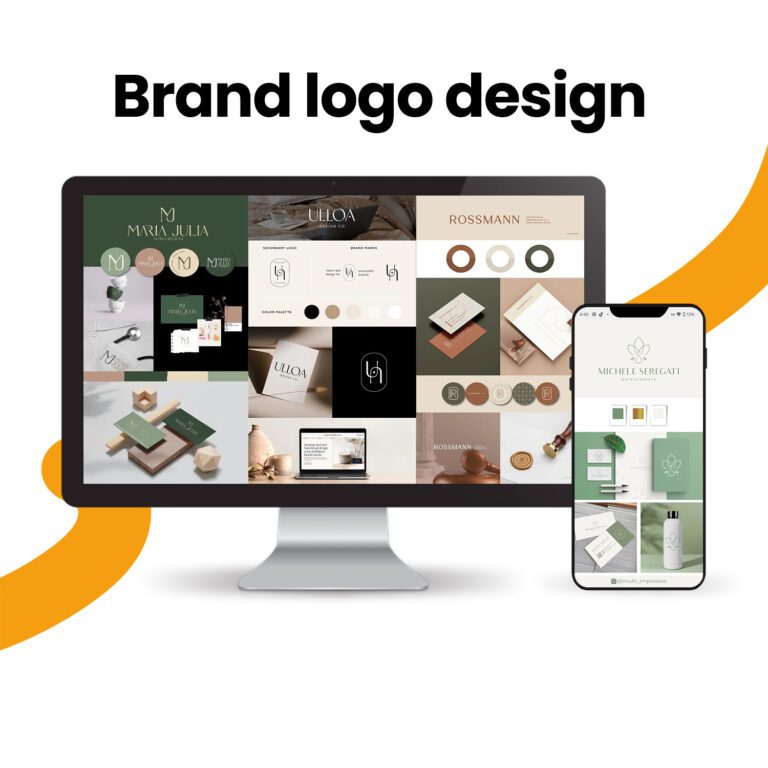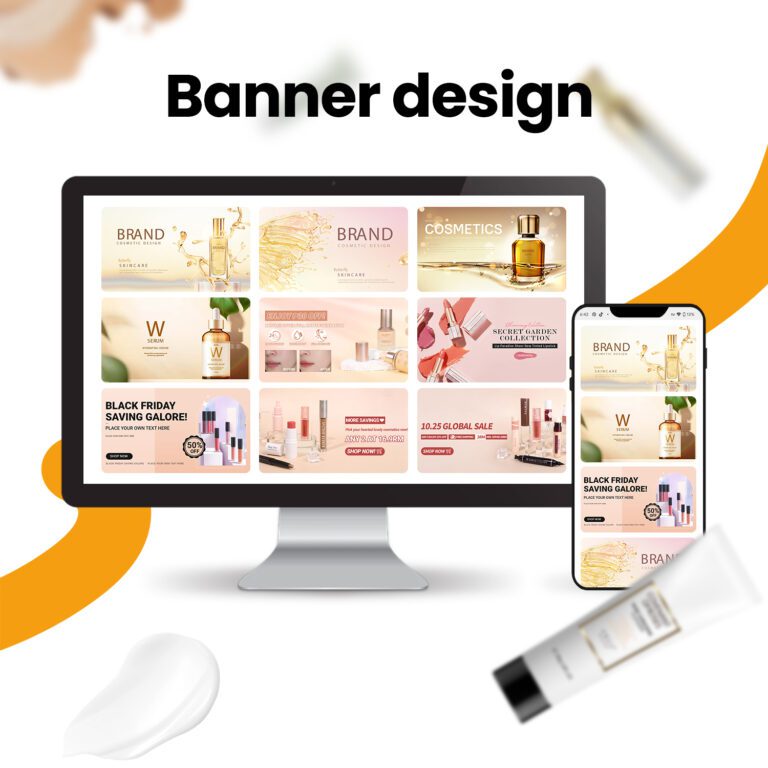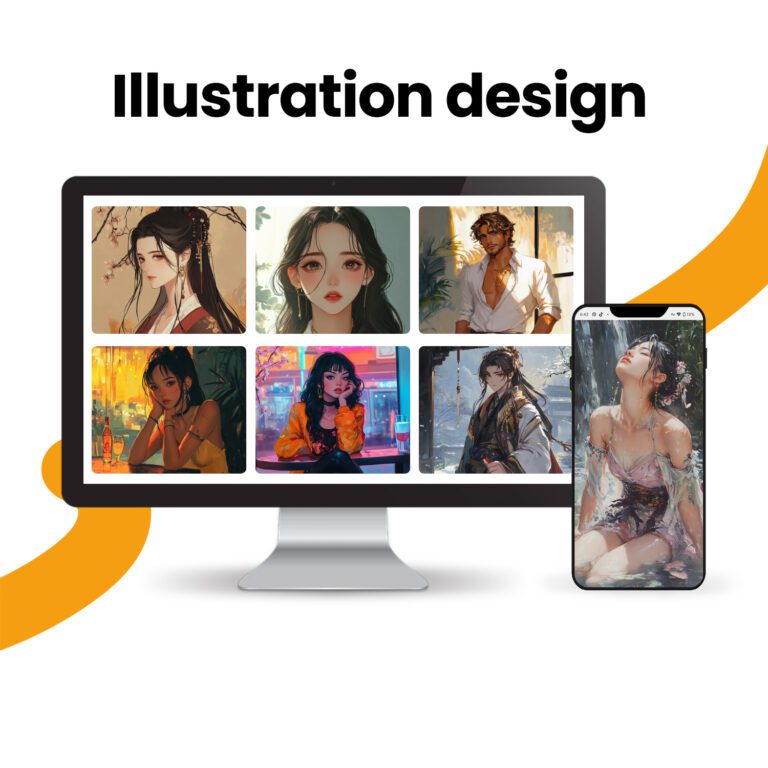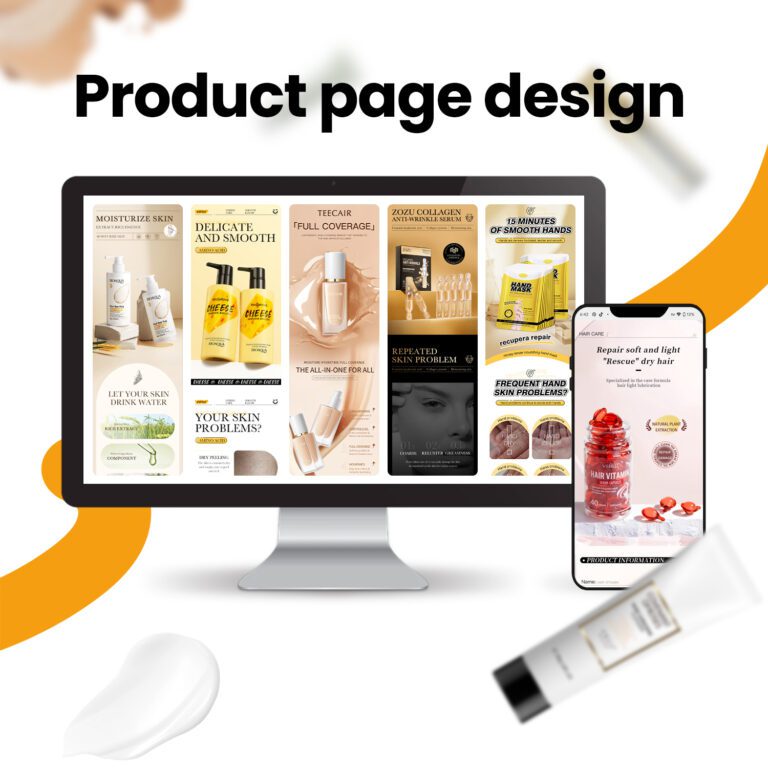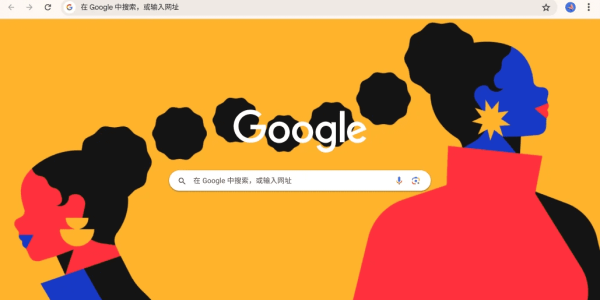How to Design a Website with “Content as the Center”
Websites are powerful tools for driving business growth, provided they are built with the right approach. To be successful, businesses need a website that attracts and retains users, and this is where the “content-centric” design concept comes in.

This article will break down what “content-centric” means and explore its importance in modern web design.
“Content-centric” means that the design of the website is centered on providing easily accessible, engaging and valuable content. The design and content of the website are closely integrated to ensure that each design element supports the core information of the website, thus creating a friendly content-oriented experience for users and driving them to take the next step.
Content-centric design is important for the following reasons:
1) SEO and content: Search engines prioritize high-quality content. Clearly structured and keyword-rich content can improve website rankings and bring more organic traffic.
2) User Experience (UX): High-quality content ensures that the website is clear, relevant, and engaging, improving user experience, increasing visit time and interaction.
3) Conversions and goals: Content is key to achieving business goals and can guide users to take desired actions, such as attracting customers, promoting sales, or registrations.

Content-centric web design focuses on the combination of content and design elements to enhance information presentation. The following are the key elements:
1) Typography and readability
Fonts, sizes, and line spacing ensure that the content is easy to read, and a uniform text style enhances professionalism.
2) Visual elements
Images, graphics, and videos are used to break up text and enhance information. They should support rather than overwhelm the content.
3) Call to Action (CTA)
Each page should have a clear CTA, which is well positioned to help users take action.
4) Navigation and content hierarchy
Simple and intuitive navigation and a clear content hierarchy help users browse easily.
5) Conversion and goals
The website should drive sales, attract customers, or encourage registrations through high-quality content.

The following steps are required to implement content-first web design:
- Plan content strategy and understand audience needs.
- Organize content structure to facilitate user browsing.
- Emphasize content hierarchy and use clear titles and subtitles.
- Ensure mobile optimization and responsive design.
- Design with user-centricity to improve content accessibility.
- Continuously collect feedback to improve content relevance.
Common mistakes in content-centric design:
- Too much text: Content is important, but too much text can confuse users. You need to balance the amount of information with simple design.
- Ignoring design aesthetics: The website still needs to be attractive and intuitive. Poor design distracts users.
- Ignoring SEO: Unoptimized content will limit coverage. Keyword research and SEO best practices need to be incorporated.
- Ignoring updates: Static content looks outdated. Regular updates can keep the website relevant.
- Lack of consistency: Inconsistency in information, tone, and design can confuse users and damage credibility.
Conclusion: Web design is a process of continuous improvement, based on content-centric design, which can continue to evolve according to audience needs and business goals. At airsang, we work with clients to create websites that value content and provide intuitive experiences. Want to improve your website conversion rate? Contact us now!


